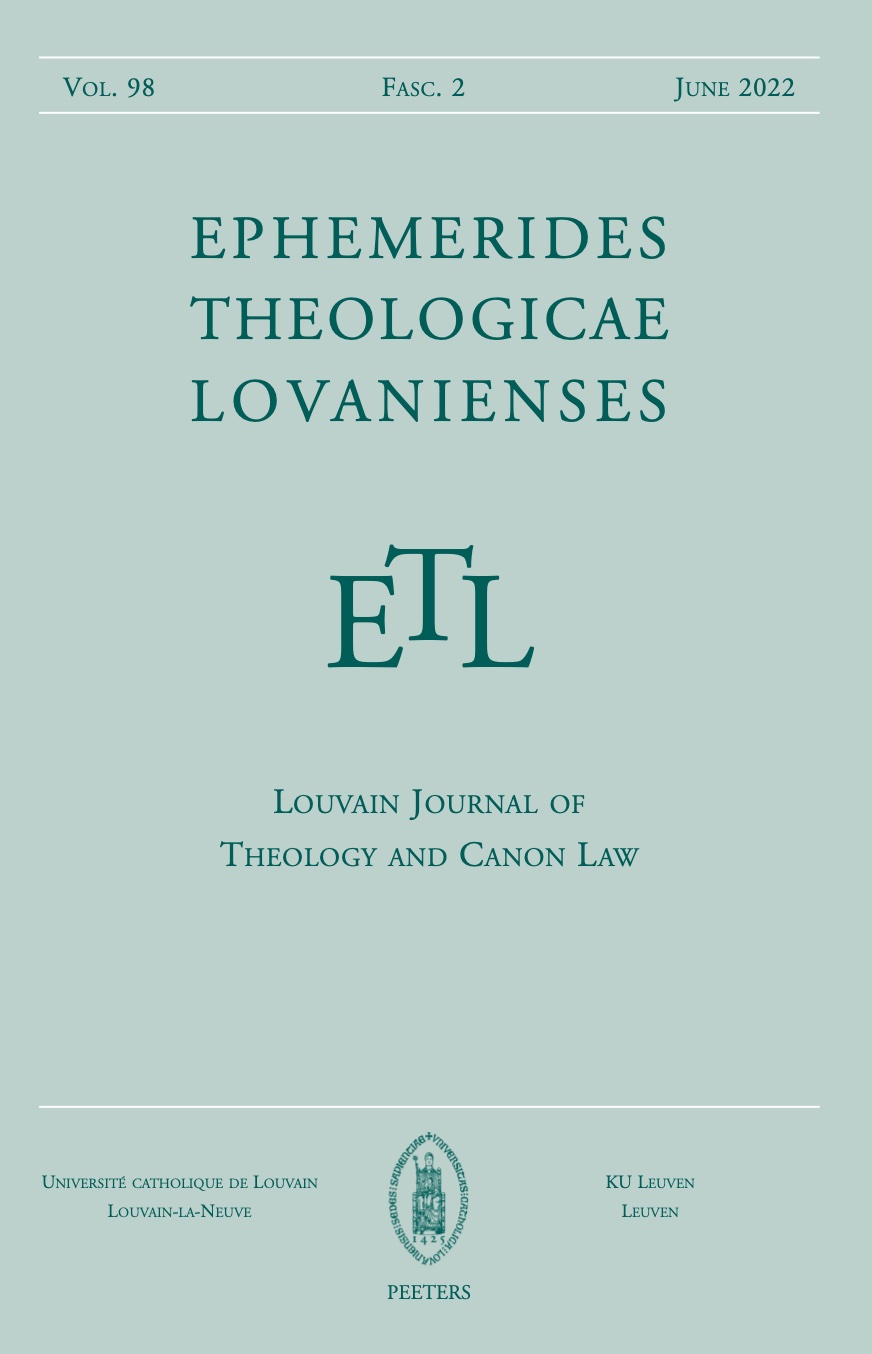 previous article in this issue previous article in this issue | next article in this issue  |

|
Document Details : Title: The Meaning of σημεῖα in Jn 20, 30-31 Author(s): VAN BELLE, G. Journal: Ephemerides Theologicae Lovanienses Volume: 74 Issue: 4 Date: Dec. 1998 Pages: 300-325 DOI: 10.2143/ETL.74.4.504802 Abstract : The problems surrounding the meaning of σημεῖα in Jn 20,30-31 are well known. It is a curious fact that in the concluding formula of his gospel, the evangelist employs the term σημεῖον to refer to its content as if he had just concluded a chronicle of a number of “signs” or “miracles” performed by Jesus. Jesus’ final miracle is presented in chapter 11. The term σημεῖον is used for the last time in 12,37 and is nowhere to be found in chapters 13–20 with the exception of 20,30(-31). In addition, the words and discourses of Jesus, of such significance in the gospel of John, are not mentioned in 20,30-31. Since the term σημεῖον does not seem to be particularly fitting as a conclusion to the gospel as a whole, those who defend the semeia hypothesis assume that the evangelist used the term here because he had found 20,30-31 as a concluding formula of the source and took it over more or less unchanged as the conclusion of his gospel. In my 1994 study, I noted in response to the semeia hypothesis: “It seems impossible that John wrote this important first conclusion of his work without reflection”, and subscribed to the interpretation of U. Schnelle: “John consciously alludes to his interpretation of the miracle traditions, but at the same time he uses σημεῖον as a tool for interpreting his whole description of the words and deeds of Jesus, in order to prepare for the statement of the purpose of his Gospel in v. 31. Σημεῖον at this point becomes the hermeneutical key to the Fourth Gospel”. In the present contribution I would like to ascertain whether such a widening of the Johannine notion of σημεῖον can still be defended in the light of recent research. |
|
